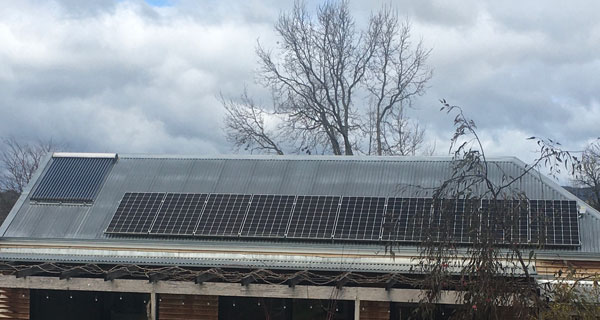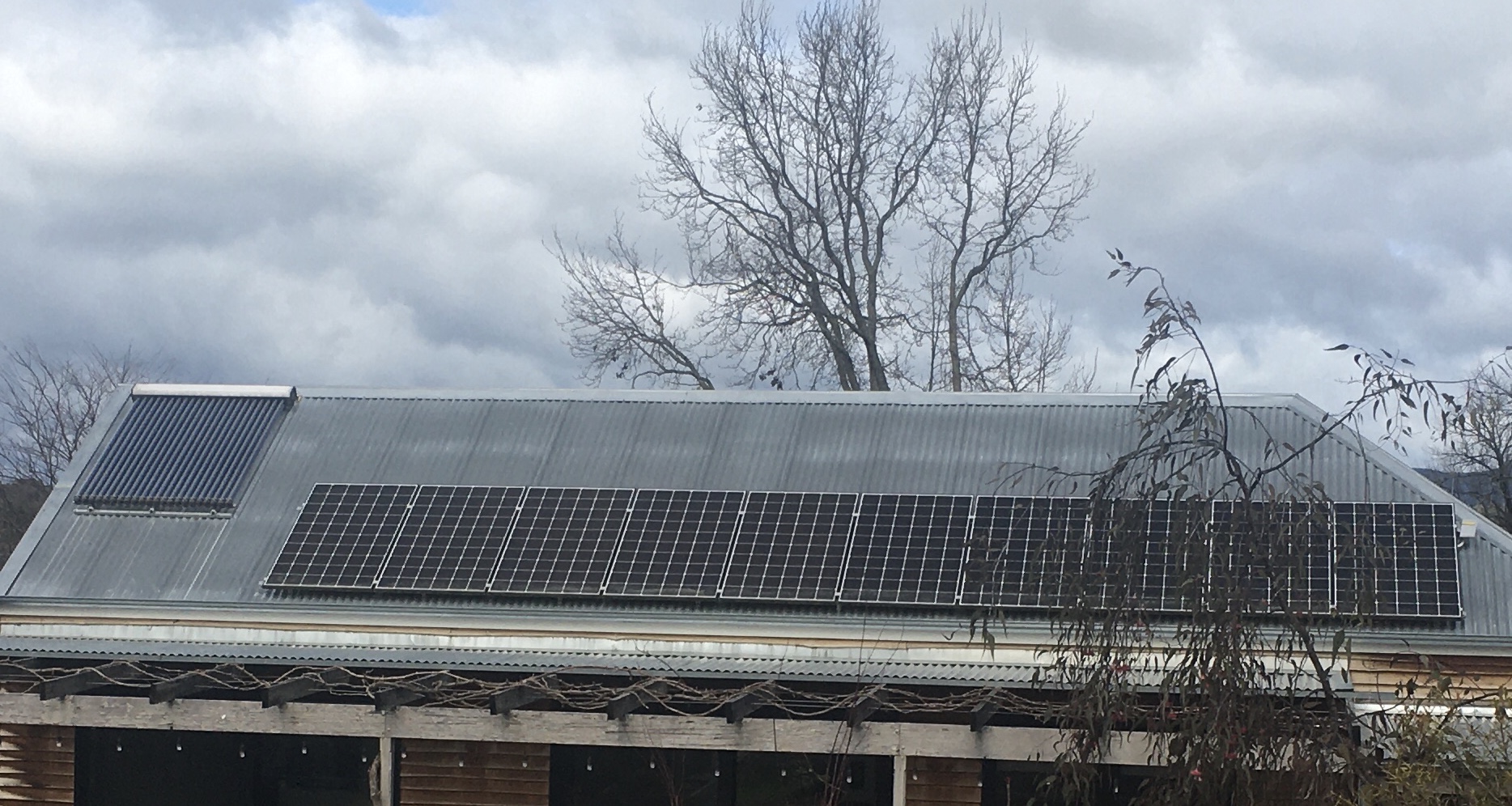By Bruce Key – member of Wodonga Albury Towards Climate Health (WATCH)
One of the challenges of a modern society is how to dispose of waste. A particular concern that people often draw to my attention is the massive amount of waste that will come from solar panels when they reach the end of their useful life after about twenty-five years. The ideal of course would be for panels to be part of a circular economy where all the materials in the panels are re-used.
Fortunately, public spirited and entrepreneurial people are devoting time, money and skills to ensure that solar panels do indeed become part of a circular economy.
There are at least three companies in Australia that recycle in excess of 99% of the materials in solar panels and this number will grow as the need increases.
In early August the City of Greater Bendigo announced that solar panels could be dropped off, free of charge and they would be recycled.
Similar arguments are also raised in relation to wind turbines: – “the blades can’t be recycled, and the energy expended in building wind turbines is never recovered by the energy produced over the life of the turbines.” It is true that up to date the blades have not been able to be recycled in any meaningful way. However, two of the main companies making wind turbines have recently announced that in future the blades will be capable of being recycled.
In the case of the energy embedded in wind turbines, it is interesting to note that there are well known procedures in what is called Life Cycle Assessment (LCA). Such assessments look at the energy consumption from ‘cradle to the grave’ thus “LCA refers to the assessment of environmental impacts of a product throughout its life cycle from its raw materials to disposal or recycling. The various stages considered in assessing the environmental impacts start from the extraction of raw materials and move toward material processing, manufacture, distribution, use, repair, maintenance, and disposal or recycling (Life Cycle Assessment, 2011).
Various LCAs of wind turbines show that a turbine will pay back the energy used in all aspects of its manufacture in between one and three years depending on a number of factors, the most important being how much wind there is.


